
Updated 5/14/2024
Watering new plants, shrubs, and trees is the single most important factor enabling your plants to succeed, but watering plants isn’t always as straightforward as it seems. It’s important to keep the soil moist around new plants, whether they are tiny seedlings or recently planted trees or shrubs, but excessive moisture can cause problems, too.
Know Your Plant’s Watering Needs

The usual rule of thumb is that vegetable and flower gardens, to do well, require consistent water of 1 inch per week. Where or when rainfall is lacking, supplemental water must be given. However, moisture-loving plants will need more water and drought-tolerant plants will need less. Know your plants and what they require before you plant.
Refining Watering Strategies

For raised beds, gardens in warm climates, or gardens with sandy soil, 1 inch per week may be too little.
Watering Requirements for Vegetables
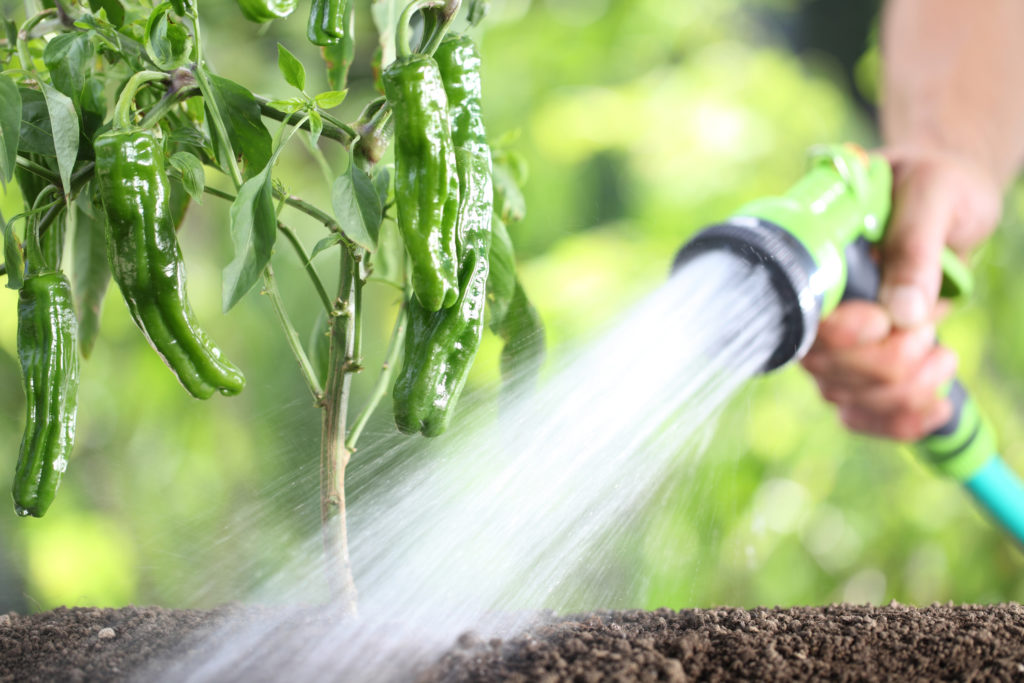
Fruiting vegetables such as tomatoes and peppers should be watered when it’s hot, and tomatoes need consistent amounts of water to prevent blossom end rot. Beans need more watering when they are flowering. Sweet corn needs extra water during silk, tassel, and ear development. Melons need more water during fruit set and growth.
Mastering Soil Moisture

It is most appropriate to check soil moisture during mid-morning hours or early evening. Some plants may wilt during the heat of the day but revive later in the evening, however, plants should not stay wilted for more than a few hours or they can reach, what is referred to as their “critical wilting point” and not recover.
To check soil moisture, dig down to a 2-inch depth and see if there is moisture under the surface. Use the quick “ball and fist” method. If the soil is 2 inches down, when squeezed in your fist will form into a ball, there is generally enough moisture. If the soil is loose or crumbly and falls apart from squeezing it, it’s too dry and if it holds together but water squeezes out of it, it’s too wet.
Deep Watering Strategy

Water deeply and thoroughly rather than shallow, frequent watering. Barely wetting the ground may actually do harm as roots will grow to the surface, only to be burned by the hot sun.
Say No To Wet Leaves

Try not to wet the leaves. Wetting the leaves when the hot sun is present can burn them.
Morning Showers
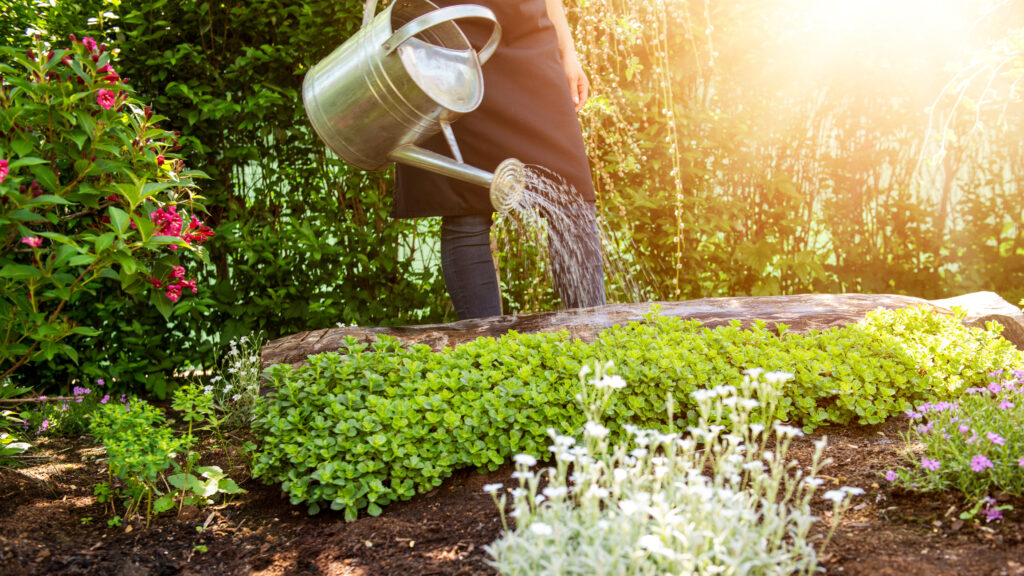
Watering plants in the morning is best for two reasons. Less water will evaporate and overnight dampness on the leaves can lead to leaf blights and mildew. If morning watering isn’t possible, water in the evening to avoid the heat of the day and avoid wetting the leaves.
Smart Watering
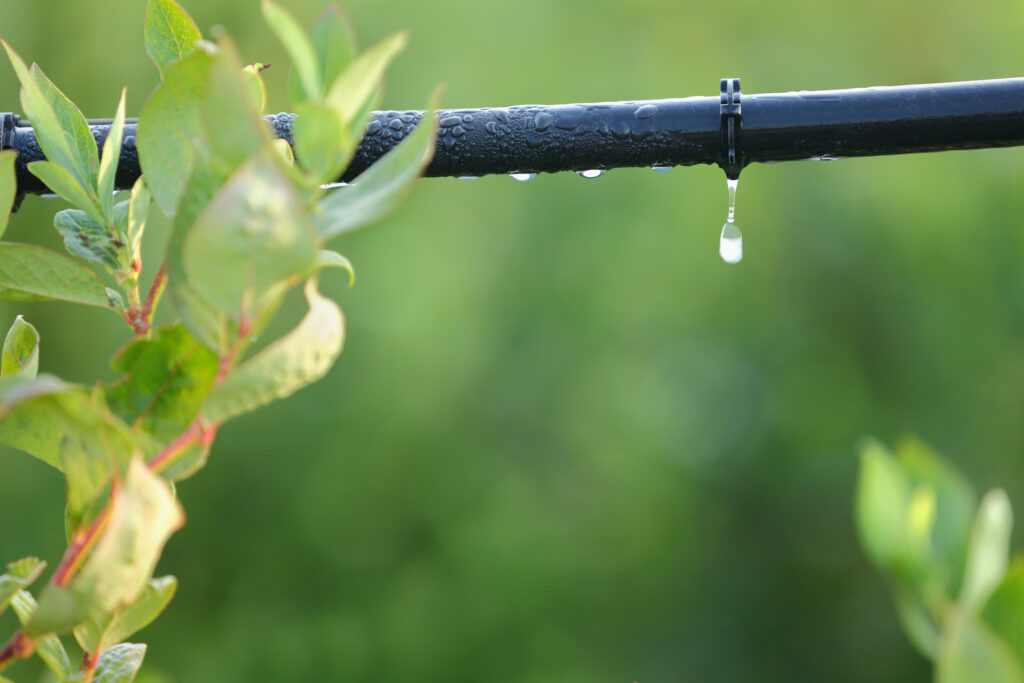
Drip irrigation and soaker hoses are good choices as they not only conserve water but water is delivered primarily to the root ball and not the leaves.
Rain Gauges
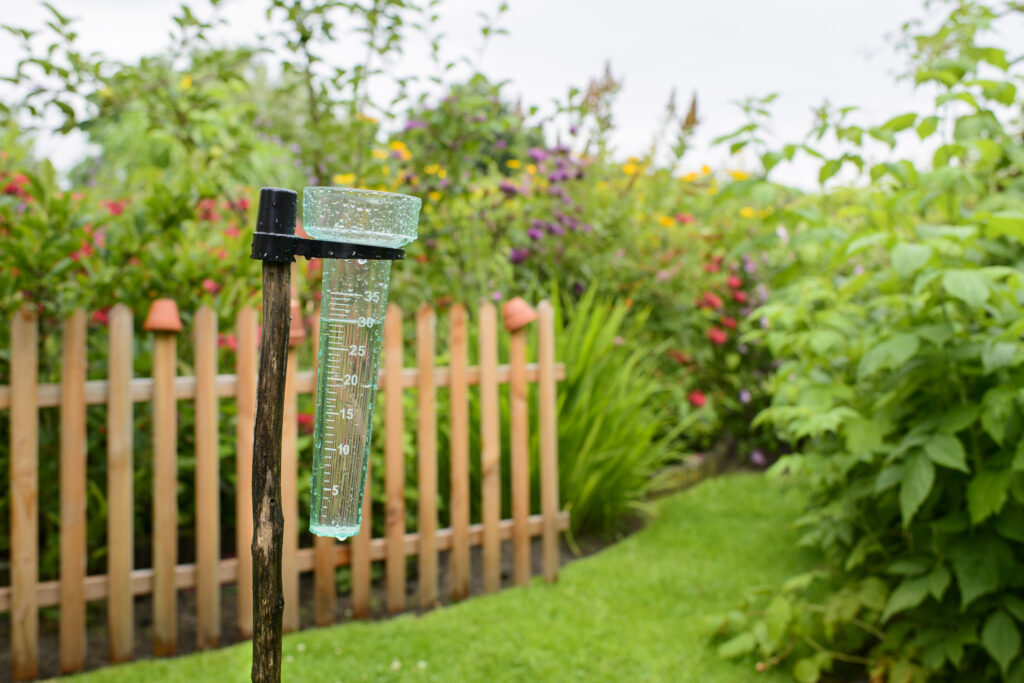
Invest in an inexpensive rain gauge to keep track of how much water your garden is getting. Most rain events do not deposit as much water as you think and are not sufficiently adequate amounts for establishing plants, especially bare root trees, and shrubs that already have a large existing root system. It is your job to provide enough water to allow them to thrive!
Maximize Water Absorption

Keep the ground cultivated so water can penetrate into the soil rather than run off its surface.
Add More Mulch
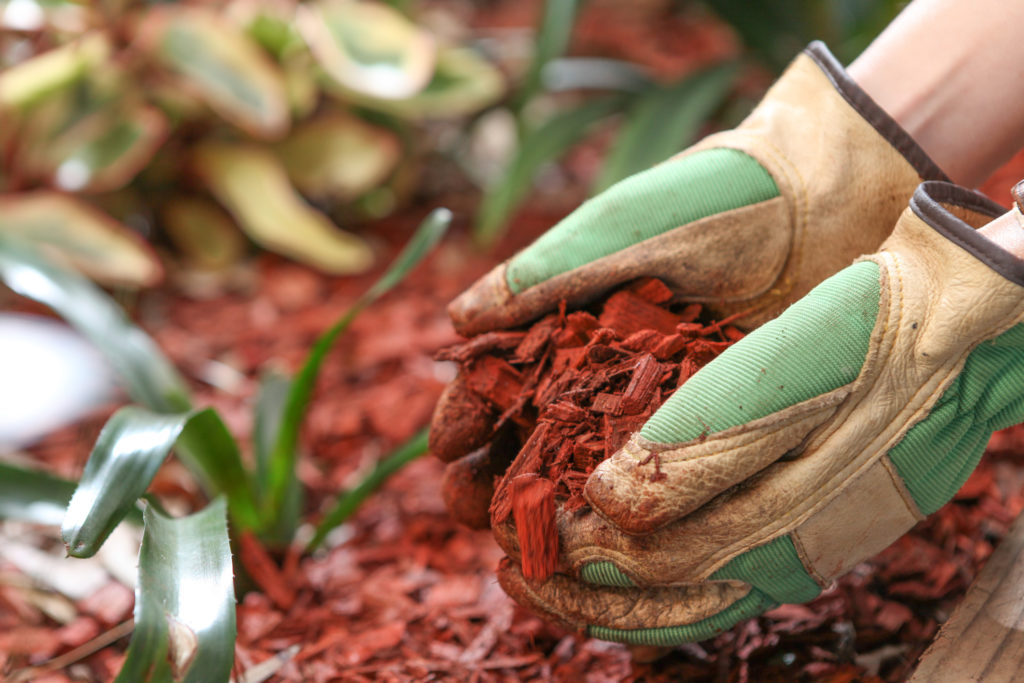
Mulch, mulch, and mulch! Adding an adequate layer of shredded bark or compost over the root zone of plants will help insulate the soil to retain moisture and also help suppress weeds. Usually, 2 to 3 inches will do the trick, but keep mulch from actually touching and burying the stems or trunk of trees.

Watering is critical for the health of your plant but it doesn’t have to be difficult. Following the 11 water tips provided is a great start for your garden. Remember, the water needs vary with the type of plant, the climate, the weather, and the soil composition.
Other Recommended Reading

- How To Prevent & Control Weeds
- Controlling Common Vegetable Garden Pests
- Create Sizzling Summer Container Displays
- Perennial Planting: How To Overcome Difficult Planting Sites
At Jung Seed Co, we strive to be your go-to guide for all your gardening needs. Our YouTube channel The Garden Doctor by Dick Zondag is where he provides gardening tips for all levels of gardeners. When you need reliable gardening advice, turn to the trusted experts at Jung.
View our new catalog online or browse our website for your gardening favorites. To receive info on new products, exclusive deals, and specials, be sure to sign up for our weekly email. Join our Facebook page, to discuss all things gardening!